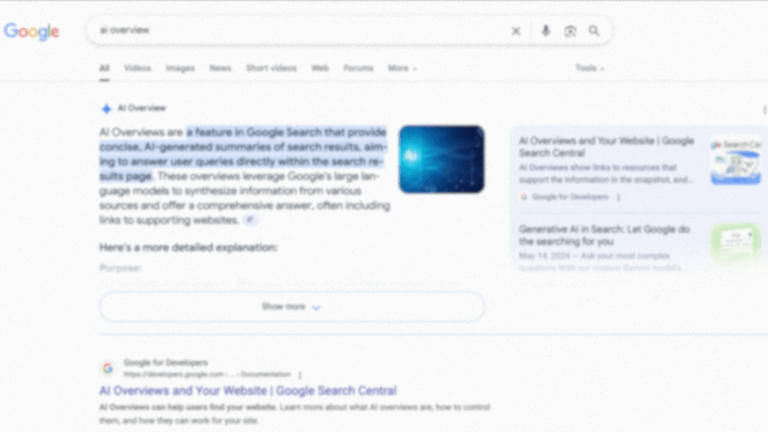The impending phase-out of third-party cookies is poised to revolutionize digital marketing, heralding a significant pivot towards enhanced privacy protections and innovative advertising strategies. As we approach this cookieless era, understanding the implications and crafting new approaches will be crucial for marketers aiming to effectively engage with their audiences and maintain competitive advantage.
The Decline of Third-Party Cookies
Third-party cookies have long been the cornerstone in digital marketing, facilitating sophisticated tracking, targeting, and performance measurement across the web. These cookies collect data as users navigate between sites, allowing marketers to build detailed profiles of user behavior and preferences. However, mounting privacy concerns have spurred regulatory actions such as GDPR in Europe and CCPA in California, pressing the industry towards greater transparency and user control over personal data.
Major browsers have responded to these privacy concerns, with Google Chrome announcing an end to third-party cookie support by 2024, following earlier moves by Apple’s Safari and Mozilla’s Firefox. This shift is set to dramatically alter the digital marketing landscape, stripping marketers of the tools they have relied on for decades.
Why Change Is Necessary
The move away from third-party cookies isn’t just a response to regulatory pressure; it’s a necessary evolution towards a more privacy-conscious web. Users have grown increasingly wary of privacy issues, and the backlash has prompted a reevaluation of how user data is collected and used. This transition supports a more sustainable and user-focused approach to digital advertising, where trust and transparency are paramount.
Adapting to a New Marketing Environment
Marketers must navigate this new terrain by adopting alternative strategies that respect user privacy while still delivering effective results:
- First-Party Data Emphasis: Investing in first-party data strategies becomes essential. Businesses need to leverage direct interactions to gather actionable insights. Enhanced customer relationships and engagement platforms can facilitate this shift, providing robust data without compromising user trust.
- Contextual Advertising: This resurgence relies on aligning ads with the content of the website rather than the past behavior of users. Such strategies respect user privacy and align with the content-driven nature of user interests, potentially increasing ad relevance naturally.
- Privacy-First Tracking Technologies: Technologies like differential privacy and federated learning offer ways to utilize aggregated data without exposing individual user data. These methods ensure that personalization and targeting are done without compromising individual privacy.
- Universal IDs: Developed as a collaborative effort across the advertising industry, universal IDs propose a standardized user identifier based on first-party data. These require explicit user consent, aligning with privacy regulations while maintaining the capability for cross-site tracking.
- AI and Machine Learning: These technologies are set to play a pivotal role, analyzing large data sets to identify patterns that predict user preferences and behavior, thus allowing for precise targeting without invasive tracking.
Challenges Ahead
The transition to a cookieless world involves complex technological, regulatory, and operational challenges. Marketers must not only adapt to new tools and strategies but also navigate increased scrutiny around data usage and privacy. Gaining user trust becomes a critical goal, as trust directly influences the willingness of users to share personal data.
Cookies Tracking Removal FAQ
1. How does the removal of cookies tracking affect online advertising?
The removal of cookies tracking significantly impacts online advertising by reducing the ability to track users’ browsing behavior across multiple sites, making it harder for advertisers to deliver personalized ads and measure campaign effectiveness.
2. What alternatives to cookies tracking are available?
Alternatives to cookies tracking include first-party data, browser fingerprinting, contextual advertising, and newer technologies such as Google’s Privacy Sandbox and Federated Learning of Cohorts (FLoC).
3. Will my browsing history still be tracked without cookies?
While traditional cookies will no longer track your browsing history, websites can still track your activity using other methods like browser fingerprinting, server-side tracking, and first-party data collection.
4. How can websites track users without cookies?
Websites can track users without cookies by utilizing first-party data, browser fingerprinting, unique identifiers, and server-side tracking techniques.
5. Is my privacy more secure with cookies tracking removed?
Removing cookies tracking can enhance privacy by limiting cross-site tracking, but it doesn’t eliminate all forms of tracking. Other methods like browser fingerprinting can still be used to collect user data.
6. What changes are coming with the removal of third-party cookies?
The removal of third-party cookies will lead to a shift towards first-party data strategies, increased use of privacy-preserving technologies, and the development of new standards for tracking and measurement, such as Google’s Privacy Sandbox.
7. How will e-commerce sites adapt to the removal of cookies tracking?
E-commerce sites will adapt by leveraging first-party data, enhancing their customer relationship management (CRM) systems, using alternative tracking methods, and focusing on building direct customer relationships.
8. What impact does cookies tracking removal have on personalized ads?
The removal of cookies tracking reduces the precision of personalized ads, making it more challenging to target specific user segments and measure ad performance. Advertisers will need to find new ways to deliver relevant content.
9. Can websites still collect my data without cookies?
Yes, websites can still collect data without cookies through methods such as first-party data collection, server logs, browser fingerprinting, and using unique identifiers.
10. What are the benefits of removing cookies tracking?
The benefits of removing cookies tracking include enhanced user privacy, reduced cross-site tracking, a potential increase in user trust, and a shift towards more transparent and privacy-focused data collection methods.
Thriving in the Cookieless future
The shift away from third-party cookies marks a transformative period in digital marketing. It compels marketers to innovate and adapt in ways that prioritize privacy and transparency. This evolution, while challenging, offers a valuable opportunity to rebuild consumer trust and strengthen the efficacy of digital marketing practices.
By proactively embracing this change, businesses can discover new opportunities to engage with their audiences in meaningful ways, ensuring their marketing strategies remain effective and relevant in a rapidly evolving digital landscape. This cookieless future isn’t just about adapting to new rules; it’s about leading the charge towards a more ethical practice of digital marketing.




